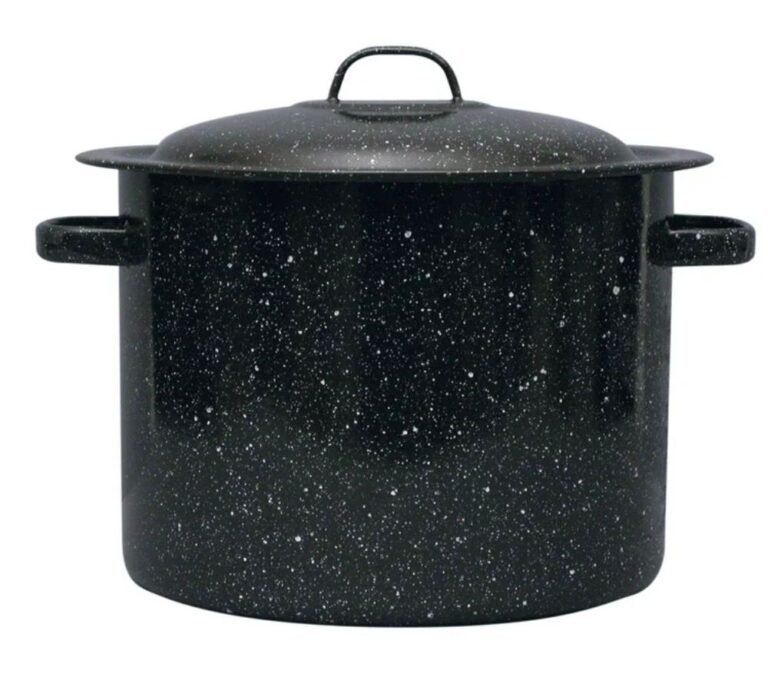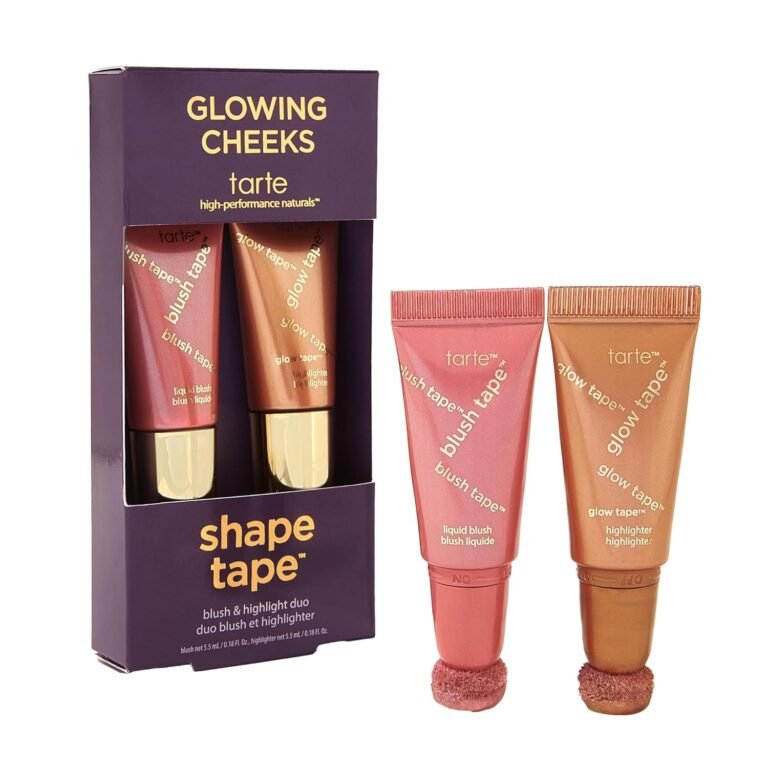Smart and Budget-Friendly Tips to Refresh Your Closet Year-Round
Changing seasons often call for a wardrobe refresh — but buying an entirely new closet every few months can get expensive fast. The key to staying stylish without overspending is learning how to transition your wardrobe for each seasonwith smart strategies that maximize what you already own, combined with thoughtful, budget-conscious purchases.
Whether you’re moving from summer to fall, winter to spring, or any seasonal shift, this guide will show you how to refresh your style, save money, and reduce waste by making your existing wardrobe work harder.
Why Seasonal Wardrobe Transitions Matter
Seasonal transitions help you:
? Stay comfortable as temperatures change
? Maintain a fresh, on-trend look
? Avoid clutter and keep your closet organized
? Save money by avoiding impulsive, unnecessary buys
? Promote sustainability by reducing fast fashion waste
Mastering the art of seasonal wardrobe transitioning is both an eco-friendly and wallet-friendly habit.
1. Take Inventory: Know What You Already Have
Before shopping or swapping out items, conduct a quick wardrobe audit:
? Pull everything out and sort by category (tops, bottoms, outerwear, accessories)
? Identify pieces you wore frequently last season and those you didn’t touch
? Check for any damaged or stained items that need repair or donation
? Note versatile items that can work across multiple seasons
Keyword tip: Use this inventory to plan your budget-friendly seasonal wardrobe update without overbuying.
2. Layering Is Your Best Friend
Layering is the ultimate trick for transitioning between seasons, especially when the weather is unpredictable.
? Pair summer dresses or skirts with cozy cardigans or denim jackets
? Layer lightweight long-sleeve tops under sleeveless dresses or tanks
? Combine t-shirts with blazers, vests, or chunky sweaters
? Add scarves or hats for warmth and style without bulk
Layering helps you extend the wearability of summer pieces into fall and winter.
3. Swap Seasonal Accessories to Refresh Your Look
Sometimes, all it takes to make an outfit feel new is switching up your accessories.
? Transition from sandals to ankle boots or loafers
? Replace straw hats with felt fedoras or beanies
? Swap lightweight summer scarves for cozy knit or plaid options
? Use statement jewelry or belts to update basics
Accessories are an affordable way to make your seasonal transition stylish and fresh.
4. Incorporate Key Transitional Pieces
Instead of a full wardrobe overhaul, invest in a few versatile transitional pieces that bridge the gap between seasons.
? Lightweight trench coat or utility jacket
? Mid-weight sweaters or cardigans
? Jeans or pants in neutral colors
? Closed-toe shoes like loafers or ankle boots
Look for budget-friendly transitional wardrobe staples at thrift stores, outlet sales, or affordable retailers.
5. Mix and Match Seasonal Staples Creatively
Don’t be afraid to mix summer and winter items together to create unique looks.
? Wear shorts with tights and boots on cooler days
? Layer tank tops under chunky sweaters
? Pair floral prints with leather jackets
? Use cropped sweaters over dresses
Experimenting with combinations lets you enjoy your wardrobe longer and reduces the need for new purchases.
6. Store Off-Season Clothes Properly
Proper storage protects your clothes and makes seasonal switching easier.
? Clean all items before storing to prevent stains or odors
? Use breathable garment bags or bins for delicate fabrics
? Store shoes in boxes or racks to avoid damage
? Label storage containers to quickly find items when needed
Good storage habits help you keep your wardrobe organized and prolong clothing lifespan.
7. Refresh, Repair, and Repurpose
Before buying new items, try refreshing what you have.
? Mend small tears, replace buttons, or re-hem pants
? Use fabric dye to revive faded colors
? Alter or repurpose older pieces (e.g., turn a long dress into a skirt)
? Donate items you no longer wear and swap clothes with friends
This eco-friendly approach saves money and adds uniqueness to your wardrobe.
? Frequently Asked Questions (FAQs)
Q1: How many new pieces should I buy each season?
A: Aim for 2-5 key items each season that complement your existing wardrobe, focusing on versatility and quality over quantity.
Q2: What are the best fabrics for transitional weather?
A: Natural fibers like cotton, wool blends, and linen work well. Look for breathable yet insulating fabrics that adapt to temperature changes.
Q3: How can I transition a summer dress into fall?
A: Layer with tights, boots, long-sleeve shirts underneath, and add sweaters or jackets. Accessories like scarves also help.
Q4: Where can I find affordable transitional clothing?
A: Thrift stores, outlet malls, clearance racks, and online resale platforms like Poshmark or ThredUp offer great deals.
Q5: How do I organize my wardrobe for easy seasonal transitions?
A: Store off-season clothes separately, label storage containers, and keep frequently used items accessible. Rotate clothes regularly to keep your closet fresh.
?? Final Thoughts: Smart Seasonal Transitions Save Money and Style
Transitioning your wardrobe for each season doesn’t mean breaking the bank. By taking inventory, layering thoughtfully, investing in key pieces, and getting creative with your current clothes, you can look stylish year-round without overspending.
Remember, the goal is a functional, versatile, and personalized wardrobe that works for your lifestyle and climate — all while saving money and reducing waste.










